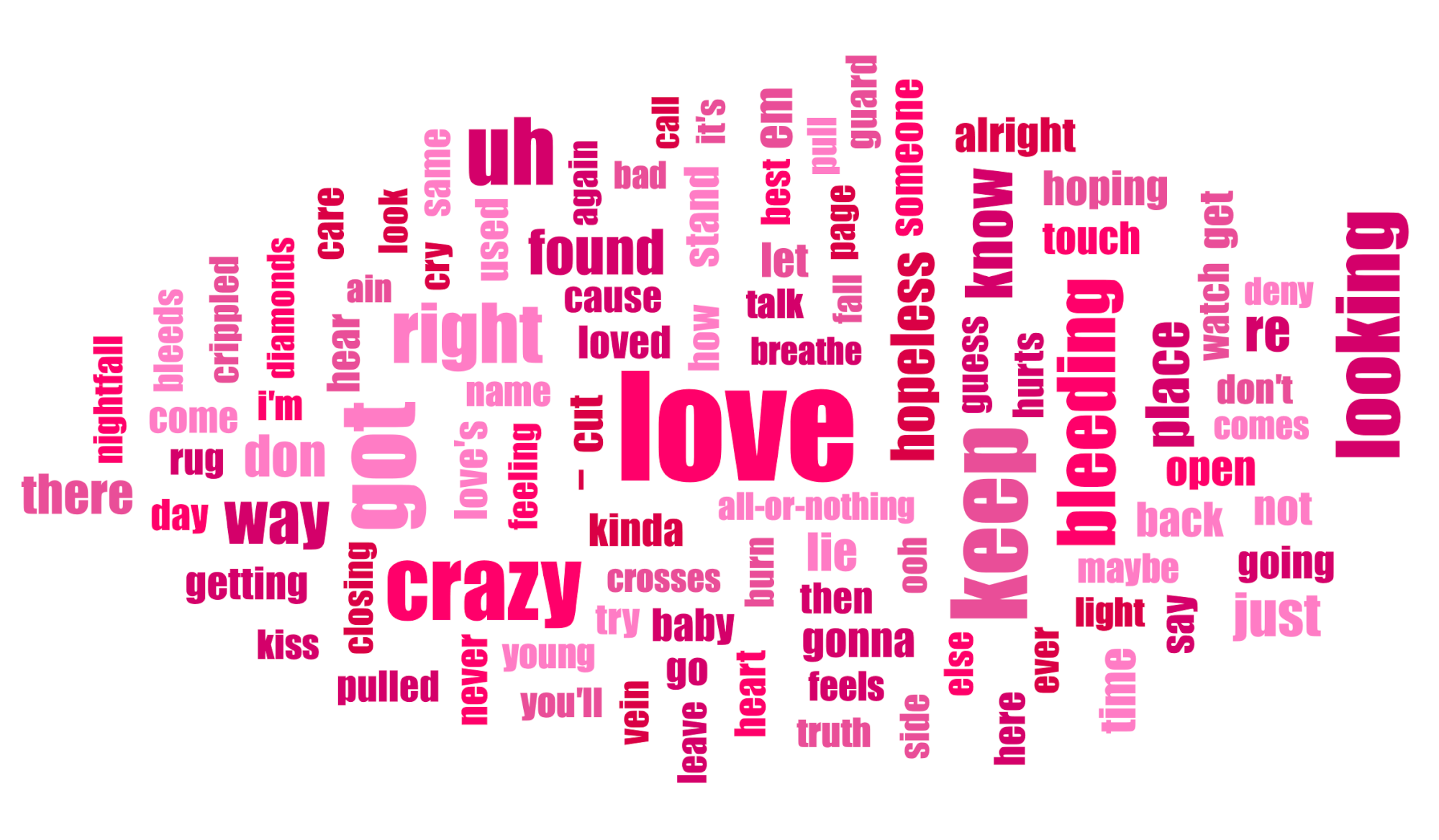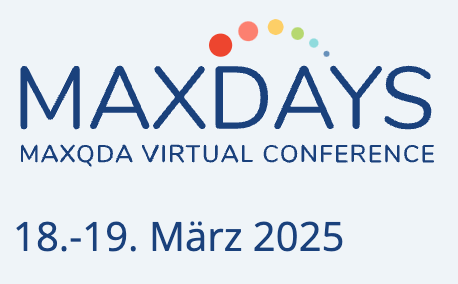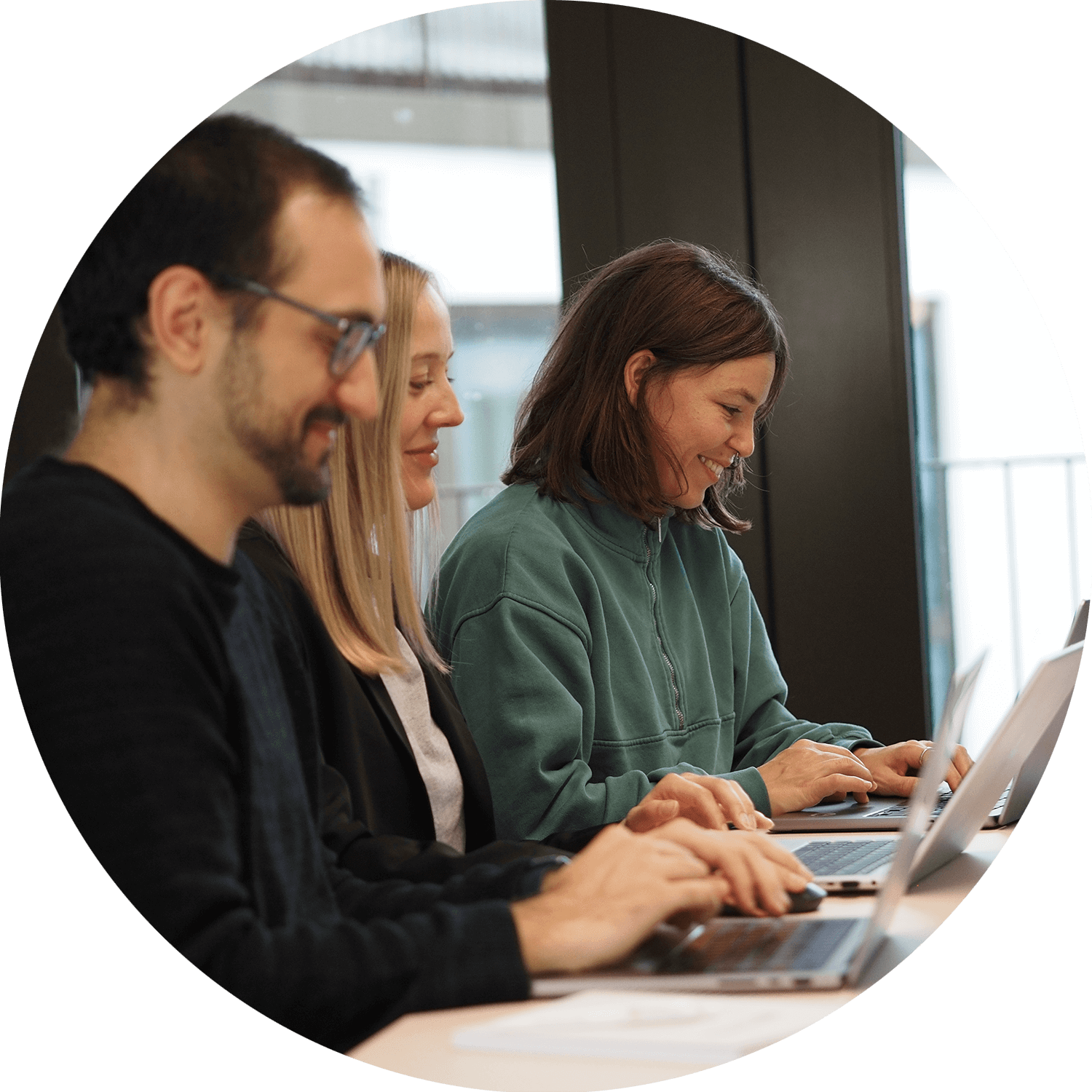Philip Boddin teaches mathematics and geography at the Max Delbrück Gymnasium, which is a secondary school in Berlin, Germany. He started a project group for scientific research at his school that introduces young people to scientific research methods. To learn about qualitative research and gain some hands on experience, they are using MAXQDA to analyze data from their first research project. In this interview. Philip shares his motivation and experiences and also how surprisingly easy it was to get students into their own scientific analysis.
[Translated from German]
Interview with Philip Boddin – August 2016
Philip, why did you start teaching research skills to high school students?
My goal was to introduce my students to common tools they can use to answer questions. Teach them skills for goal-oriented work and learn about different methods they can use. The idea came up while watching students in everyday school life using unrewarding methods and literature. In the worst case they created a Wikipedia-like glossary. That was a state I wanted to change.
Why did you choose MAXQDA to teach about research methods?
I used MAXQDA while working as a researcher at the University of Marburg some years ago. So the decision wasn’t that hard to make. I just needed a tool that was as easy to use as possible to analyze interviews and open-ended.

Students from a secondary school in Berlin are getting introduced to MAXQDA
Do you think using a software tool makes it easier to introduce students to qualitative research?
Yes, I would definitely agree with this assumption. Without the software, collecting and analyzing open ended questions would have been unthinkable for the students. Learning about the software opened up their minds to the possibilities of qualitative research. Before this project they thought research meant checking one of the given answers.
How did the students react to MAXQDA? What were the first steps you took with the software?
Everything worked out pretty well and easy. The screen layout was simple to explain as well as the coding process and rationales behind it. I had hardly finished my explanation before the kids started to code. They were quick to discuss different coding approaches and rules. It was harder to meet the coding standards, to document the coding rules thoroughly, but most importantly to keep track of all the data. The technical aspects of the software were easy to teach; the students barely needed any help except some simple tips. We only used a fraction of MAXQDA’s functional range, of course, but that was completely sufficient to analyze qualitative data at a reasonable level.
Your students are probably used to working with computers. Do you see differences in software handling between so called Digital Natives and your generation for example?
This question suggests something I wouldn’t necessarily agree with. These kids and teenagers are used to a high level of usability and use their computers and smartphones mostly for communication and game apps. But the students aren’t that familiar with office applications or programming languages. For these tasks they need the same level of explanation as a student in an IT class in college, for example.
To put it in a nutshell, it is appropriate to label the students as Digital Natives as far as their willingness to embrace the use of software. They use trial and error to get to know the software and using a mouse is not an issue to them. But in some ways the students are also ‘Digital Chaots’, who are not used to use and learn a software in an organized and concentrated way.
Which MAXQDA tools were the most helpful during this project?
We didn’t use too many tools. In high school, you only really need the basic functions. Coding text- and audio data is completely sufficient to begin with the analysis of qualitative data. The text retrieval is also very useful to find characteristic quotes and passages.
Really important for this project were the teamwork features, especially to merge everybody’s coding work of the same document group back together. Without this tool working on the same data with such a big group of students would not have been possible. I wish we could have dug deeper, but there simply wasn’t enough time to test more tools.
Would you recommend the use of scientific software in high school?
I can strongly recommend to introduce high school students to MAXQDA. It was not hard to implement at all. A short technical introduction and goal orientation was all my students needed to produce their first results.
We want to thank Philip for sharing this exciting project with us and wish him and his students all the best for their future!
About Philip Boddin

Philip Boddin teaches mathematics and geography at Max-Delbrück-Gymnasium in Berlin.
Running a project group he brings students in contact with scientific research. The students develop their own research project and analyze data with MAXQDA as well as a statistical software.




